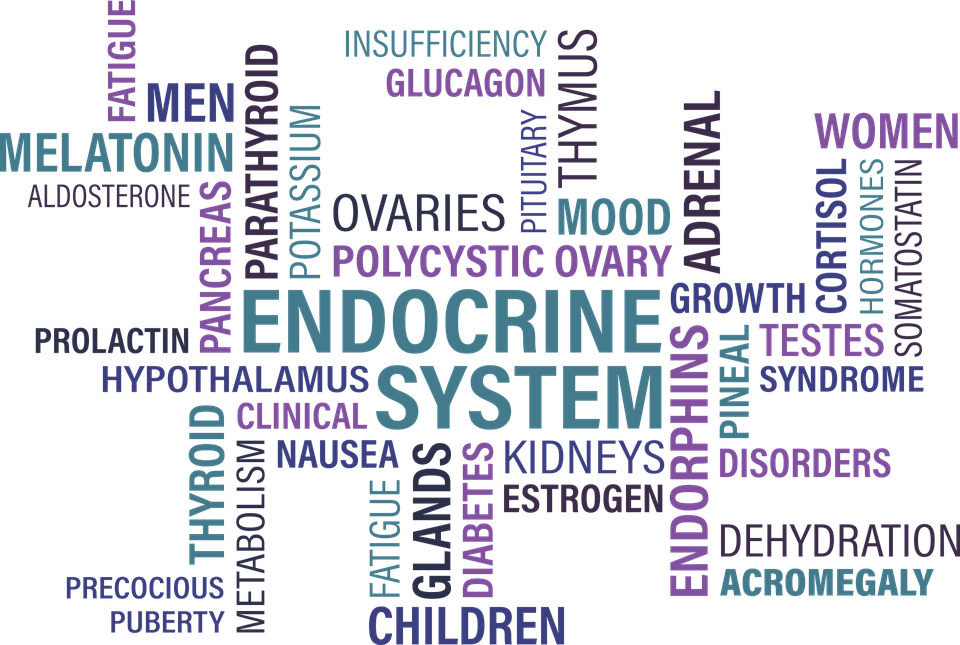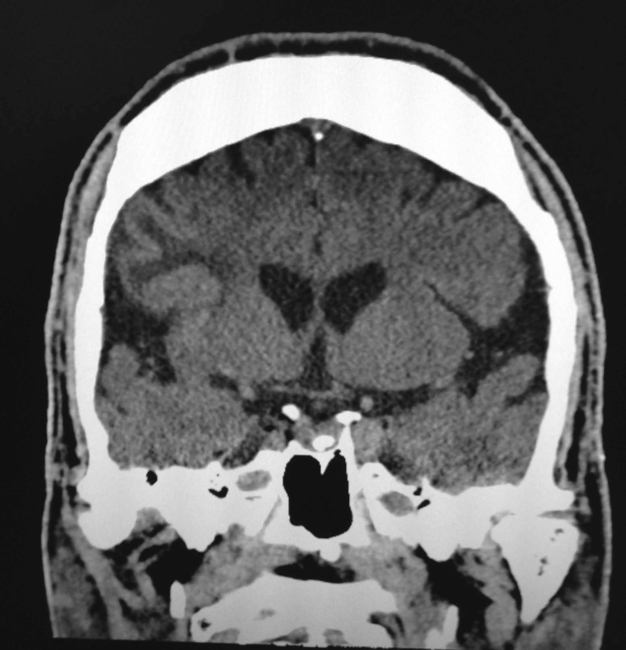Hypoparathyroidism and hyperparathyroidism are rare hormone disorders caused by the parathyroid glands in the neck producing too little (hypo) or too much (hyper) parathyroid hormone.
Parathyroid glands
There are four parathyroid glands, each the size of a grain of rice, in your neck behind the thyroid gland, They produce parathyroid hormone (PTH) which helps control the levels of calcium, phosphorus and vitamin D within the bones and blood.
This is important because these levels can naturally fluctuate and need to be kept within a healthy range for the body to function properly. For example, calcium levels can rise if you eat a dairy-rich meal, and can fall if you take certain medication.
The parathyroid glands are nothing to do with the thyroid gland. ‘Parathyroid’ means ‘near the thyroid’. Parathyroid disorders shouldn’t be confused with an underactive thyroid or overactive thyroid.
Hypoparathyroidism
Hypoparathyroidism means the parathyroid glands produce too little PTH. This causes blood calcium levels to fall (hypocalcaemia) and blood phosphorus levels to rise (hyperphosphataemia).
You may need to take supplements for life to restore these levels. Read more about treating hypoparathyroidism.
Symptoms
The symptoms of hypoparathyroidism vary depending on the cause, the speed at which the condition develops and the effectiveness of treatment.
People who develop hypoparathyroidism quickly (for example, after neck surgery) can have the following symptoms:
a tingling sensation in the hands or feet or around the mouth (paraesthesia)
unusual muscle movements, such as jerking, twitching or muscle spasms
muscle cramps
feeling tired, irritable, anxious or depressed
People with long-lasting (gradually developing) hypoparathyroidism caused by other medical conditions can also have:
eye problems, particularly cataracts
dry, thick skin
coarse hair that breaks easily and can fall out
fingernails that break easily, with ridges that go from left to right
It’s possible that very low calcium levels can cause fits, but this is rare, particularly if you’ve had the condition for some time and are being treated with medication.
Anxiety can often make you breathe rapidly (hyperventilate). This could make you feel ill and cause your calcium level to fall even further, so it’s important to remain calm.
Many symptoms listed above aren’t specific to hypoparathyroidism. They can also be caused by other conditions.
Causes
Hypoparathyroidism is most commonly caused by accidental injury to the parathyroid glands during head and neck surgery. In about 12% of people undergoing surgery it lasts for only a short time, with less than 3% having permanent hypoparathyroidism.
Other causes include:
destruction of the parathyroid glands by the immune system in people with autoimmune diseases, where the body mistakenly attacks its own tissues
radiation therapy to the neck for thyroid cancer
surgical removal of the parathyroid glands as a result of cancer
low blood magnesium levels – for example due to alcohol misuse
Who’s affected
You’re more likely to develop hypoparathyroidism if you:
have had recent thyroid or neck surgery
have a family history of parathyroid disorder
have Addison’s disease
Children or adults with the inherited genetic disorder known as Di-George syndrome will also have hypoparathyroidism because their parathyroid glands are missing at birth.
Diagnosis
Hypoparathyroidism is diagnosed after a blood test shows:
low blood calcium levels
low blood PTH levels
high blood phosphorus levels
If you have hypoparathyroidism an electrocardiogram (ECG) may show abnormal heart rhythms and a urine test will show high levels of urinary calcium (too much calcium leaving the body).
Treatment
Treatment aims to bring the blood levels of calcium and other minerals back to normal.
The normal calcium range is around 2.1-2.50 millimoles per litre (mmol/L). You should aim to maintain your blood calcium levels at 1.80-2.25 mmol/L.
Calcium carbonate and vitamin D supplements – usually calcitriol (Rocaltrol) or alfacalcidol (One-Alpha) – can be taken to restore these levels. With the exception of people who have short-lived hypoparathyroidism after neck surgery, these supplements usually have to be taken for life. You’ll also need to have regular blood tests to monitor your blood levels. The aim of therapy is to relieve your symptoms and keep calcium in the near-normal or low-normal range.
It’s also recommended that you follow a high-calcium, low-phosphorus diet.
Good sources of calcium include:
milk, cheese and other dairy foods
green leafy vegetables, such as broccoli, cabbage and okra, but not spinach
soya beans
tofu
soya drinks with added calcium
nuts
bread and anything made with fortified flour
fish where you eat the bones, such as sardines and pilchards
Phosphorus is found in:
red meat
dairy foods
fish
poultry
bread
rice
oats
If your blood calcium levels fall to a dangerously low level, or you keep having muscle spasms, you may need to be given calcium through a drip directly into your vein. Your heart rhythm will also be monitored until it’s stable. You’ll then continue treatment with supplements.
Complications
Hypoparathyroidism can sometimes lead to:
stunted growth
poorly developed teeth
slow mental development
Sometimes, hypoparathyroidism can occur with other autoimmune conditions, such as Addison’s disease and pernicious anaemia.
Excessive calcium replacement can cause complications, such as kidney stones.
Hyperparathyroidism
Hyperparathyroidism is where the parathyroid glands produce too much PTH. This causes blood calcium levels to rise (hypercalcaemia) and blood phosphorus levels to fall (hypophosphataemia).
Symptoms
Hyperparathyroidism doesn’t always cause symptoms. It’s often diagnosed while having a blood test for another unrelated problem.
When high calcium levels do cause symptoms, they can be mild or general and include:
fatigue
feeling thirsty and passing a lot of urine
feeling sick and losing your appetite
muscle weakness
tummy pain
loss of concentration
mild confusion
Left untreated, high blood levels of calcium can cause:
vomiting
drowsiness
confusion
muscle spasms
bone pain or tenderness
irregular heart beat
high blood pressure (hypertension)
In severe cases, high calcium levels can lead to loss of consciousness and coma. They can also cause a number of other possible complications (see below).
The severity of your symptoms doesn’t always match up to the calcium level in your blood. For example, some people with a slightly raised calcium level may have symptoms while others with high levels can have little or no symptoms. Symptoms depend, in part, on the rate with which calcium levels become raised.
Causes
There are two main types of hyperparathyroidism. They are:
primary – when one or more of the parathyroid glands is enlarged or overactive, for reasons explained below, and the abnormality causing it is within the gland itself
secondary – when nothing is wrong with the gland, but there’s a condition, such as kidney failure or vitamin D deficiency, that lowers calcium; the body reacts by producing extra parathyroid hormone to stop calcium levels from falling to a very low level
Rarely, when secondary hyperparathyroidism goes untreated for too long, the gland remains overactive all the time. This is known as tertiary hyperparathyroidism. It’s most commonly seen in people who’ve had kidney failure for a long time.
The main cause of primary hyperparathyroidism is a non-cancerous tumour called an adenoma growing on one of the parathyroid glands, causing it to become overactive. Primary hyperparathyroidism may also result from two or more of the glands becoming enlarged (hyperplasia).
In rare cases, primary hyperparathyroidism can occur as a result of inherited genes and the diagnosis is made at a younger age. Very rarely, it’s caused by cancer of a parathyroid gland.
Who’s affected
Most cases of hyperparathyroidism occur in people with no family history of the condition. Only about 5% of cases can be linked to an inherited problem.
Women are twice as likely as men to develop hyperparathyroidism and the risk increases with age.
Diagnosis
Hyperparathyroidism is diagnosed after a blood test shows:
high levels of PTH
high levels of blood calcium
low levels of phosphorus
A DEXA scan (a bone density X-ray) can help detect bone loss, fractures or bone softening, and X-rays, CT scans or ultrasound scans may show calcium deposits or kidney stones. While scans may help plan management, they’re not essential for the diagnosis of the condition, which is based on blood tests.
Treatment
Primary hyperparathyroidism can only be treated with surgery to remove the adenoma from the parathyroid gland. Surgery is effective in curing about 97% of hyperparathyroidism cases.
Bisphosphonate medicines are sometimes used to lower very high calcium levels. It’s usually given as an intravenous drip (directly into the vein). Bisphosphonates may also be used to treat osteoporosis.
Make sure you have a healthy, balanced diet. You don’t need to avoid calcium altogether, and a lack of dietary calcium is more likely to lead to a loss of calcium from your skeleton, resulting in brittle bones (osteoporosis). However, you should avoid a high-calcium diet and drink plenty of water to prevent dehydration.
Treatment of secondary hyperparathyroidism depends on the underlying cause. Kidney disease is the most common cause of secondary hyperparathyroidism (read more about treating chronic kidney disease). In some people with secondary hyperparathyroidism caused by kidney disease, a tablet called cinacalcet may be used to help control the condition.
Complications
Complications of hyperparathyroidism are rare but include:
osteoporosis and bone fractures
kidney stones and blockage, and kidney damage or failure
pancreatitis (inflammation of the pancreas)



